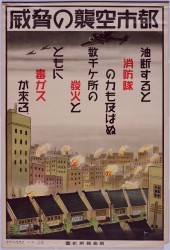Great War Fiction
New blog alert! Great War Fiction is the blog of George Simmers, a PhD student at Oxford Brookes. He’s working on fiction written during and after the First World War, particularly the representations of soldiers and ex-soldiers therein. He has only been blogging a couple of days, but already has four posts up, including the […]


